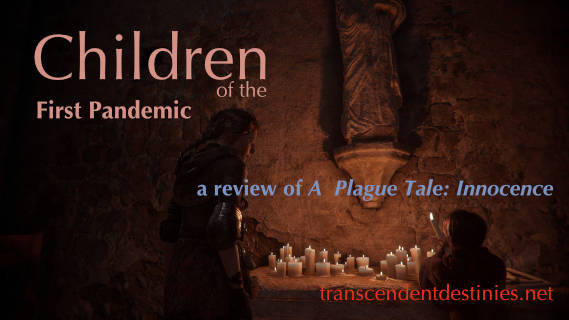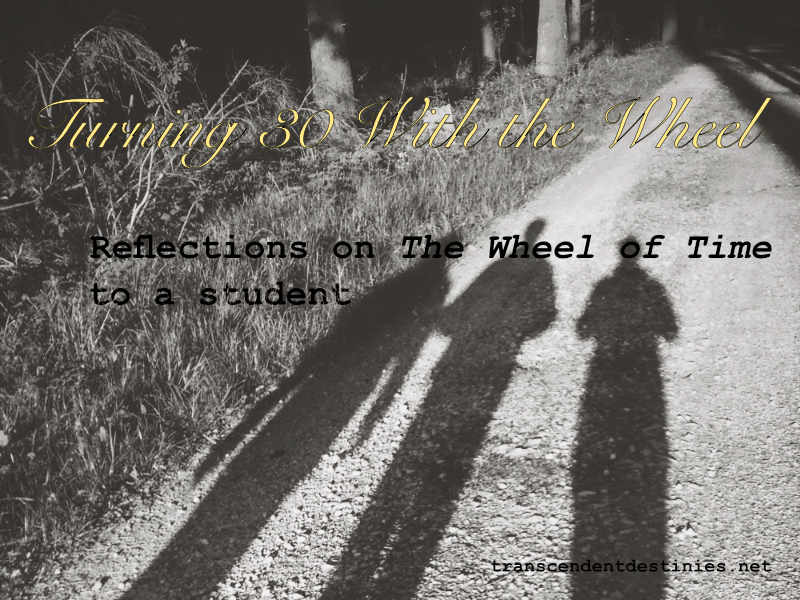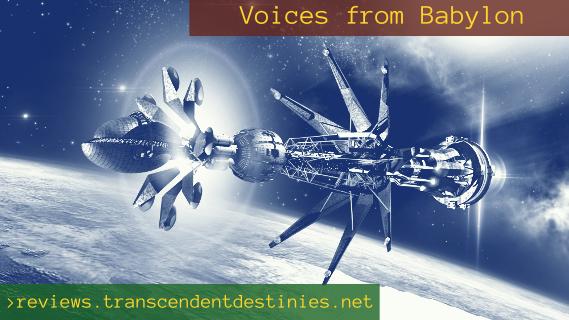 Review of A Plague Tale: Innocence
Review of A Plague Tale: Innocence
The year 2019 saw the outbreak of disease leading to widespread social unrest in Europe.
I’m referring to A Plague Tale: Innocence, last year’s historical adventure game that won awards for narrative achievement even as its praiseworthy young characters won the hearts of an adoring fanbase on Xbox One, Playstation 4, and personal computer.
Launched one year before the coronavirus reset many of our expectations, A Plague Tale has been inspirational beyond its modest goals and its linear story due to its expectation shattering aesthetic: its appealing use of the values associated with childhood without being conventionally “family friendly.”
You should know three things about A Plague Tale. It’s a straight shot through a simple story inside of an action-adventure game. It’s both a fun videogame and a sophisticated experience designed for both artistic impact and nerd cred. Most importantly, it’s a serious, joyful game for both children and adults that bridges the gap between them. To achieve this, A Plague Tale starts out with a family scene from an idyllic and detailed vision of the European Middle Ages.
The year is 1348, one year following the outbreak of the Black Death in Europe, in the kingdom of Aquitaine in southwestern France. Fifteen year-old noblewoman Amicia De Rune must protect her five year-old brother Hugo as they flee for their lives from the murderous Inquisition, who are imposing a martial quarantine. The De Rune siblings meet other displaced children along the way, who join the party at various points to utilize their youthful competence as they unravel the mysteries of the De Rune family and of the plague. Along the journey, the children encounter eerie parallels to our current daily experience – rumors of an encroaching illness spreading through the land, causing social unrest leading to an atmosphere of distrust while the political pot begins to boil over.
 Reflections on The Wheel of Time to a Young Student
Reflections on The Wheel of Time to a Young Student
 Review of The Gathering
Review of The Gathering